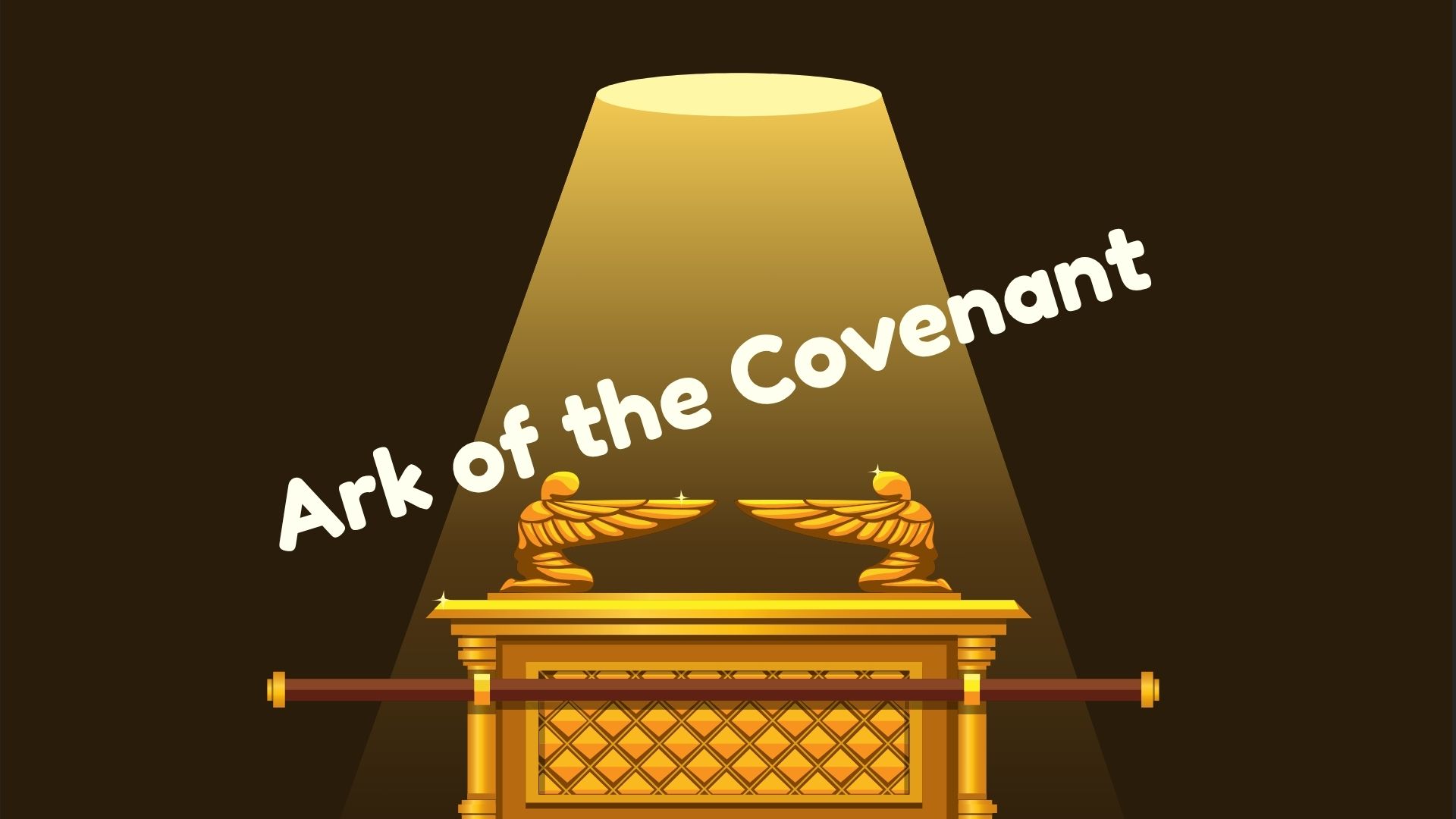Ark of the Covenant: The Sacred Chest of Divine Presence
The Ark of the Covenant is one of the most mysterious and revered artifacts in ancient religious history. Revered by Jews, Christians, and also referenced in Islamic tradition (as Taboot e Sakina), the Ark represents a direct connection between God and mankind. It is a symbol of divine power, law, and presence.
In this blog post, we explore the origins, structure, purpose, and theories surrounding the Ark of the Covenant—an object that has inspired countless books, movies, and theological debates.
What Is the Ark of the Covenant?
The Ark of the Covenant was a sacred chest built by the Israelites under the instructions of God, as conveyed to Prophet Moses (Musa) on Mount Sinai. According to the Hebrew Bible (Old Testament), it was crafted during the Exodus when the Israelites were wandering through the desert.
Contents of the Ark:
- Two stone tablets with the Ten Commandments
- Aaron’s rod that miraculously budded
- A golden pot of manna – the food from heaven
Structure and Description
According to the Book of Exodus:
- Made from acacia wood, overlaid with pure gold
- Dimensions: roughly 2.5 cubits long, 1.5 cubits wide, and 1.5 cubits high (approx. 52″ × 31″ × 31″)
- Topped with a golden lid called the Mercy Seat
- Two golden cherubim (angels) on top, facing each other
- Carried using golden poles inserted through rings
It was housed inside the Holy of Holies in the Tabernacle, and later in Solomon’s Temple in Jerusalem.
Purpose and Significance
Divine Presence:
The Ark was seen as the throne of God on Earth. Between the two cherubim, the divine presence (Shekhinah) would appear, and God would communicate with Moses.
Symbol of Law:
The stone tablets represented the divine covenant and commandments between God and the people of Israel.
Spiritual Power:
The Ark was carried into battle and believed to bring victory and protection. It was said to part rivers, defeat enemies, and bring divine favor when treated with reverence.
Key Events in Biblical History Involving the Ark
Crossing the Jordan River – The waters stopped when the priests carrying the Ark stepped in.
Battle of Jericho – The Ark was carried around the city for 7 days, causing the walls to collapse.
Capture by Philistines – The Ark was seized but brought plagues to them, forcing its return.
King David’s Procession – The Ark was brought to Jerusalem with great celebration.
Placement in Solomon’s Temple – Finally placed in the inner sanctuary built by King Solomon.
What Happened to the Ark of the Covenant?
The fate of the Ark is one of the greatest mysteries in religious history.
When the Babylonians destroyed Solomon’s Temple in 587 BCE, the Ark was no longer mentioned in historical records. Its location and condition became unknown, giving rise to multiple theories:
Popular Theories:
- Hidden beneath Solomon’s Temple in a secret chamber
- Taken to Ethiopia, where it is claimed to be housed in the Church of Our Lady Mary of Zion in Axum
- Taken to heaven or destroyed by invaders
- Buried in Mount Nebo, as referenced in the Book of Maccabees
None of these theories have been confirmed.
Must Read: Stevie Wonder: The Legendary Musician Who Sees Through Sound
Ark of the Covenant in Islam
The Ark is mentioned in the Quran as Taboot e Sakina in Surah Al-Baqarah (2:248). It is said to have brought peace, blessings, and was a sign of divine favor, particularly during the time of Prophet Samuel (Shamwil) and King Talut (Saul).
Islamic tradition also holds that the Ark was carried by angels and contained relics of Prophet Musa (Moses) and Prophet Harun (Aaron).
Modern Cultural Influence
The Ark has inspired numerous films and novels—most famously, Indiana Jones and the Raiders of the Lost Ark. It is a subject of fascination for historians, archaeologists, and religious scholars alike.
Lessons from the Ark of the Covenant
- Respect for Divine Laws: The Ark carried the commandments—showing the value of living by God’s guidance.
- Reverence and Obedience: The Ark had to be handled with purity and care; disrespect brought consequences.
- Symbol of Unity: It unified the Israelites under divine leadership and purpose.
Conclusion
The Ark of the Covenant remains one of the most powerful symbols of divine connection in religious history. Whether viewed through the lens of Judaism, Christianity, or Islam, the Ark represents holiness, obedience, power, and divine promise. Though its physical whereabouts may never be confirmed, its spiritual legacy continues to inspire faith across generations.







